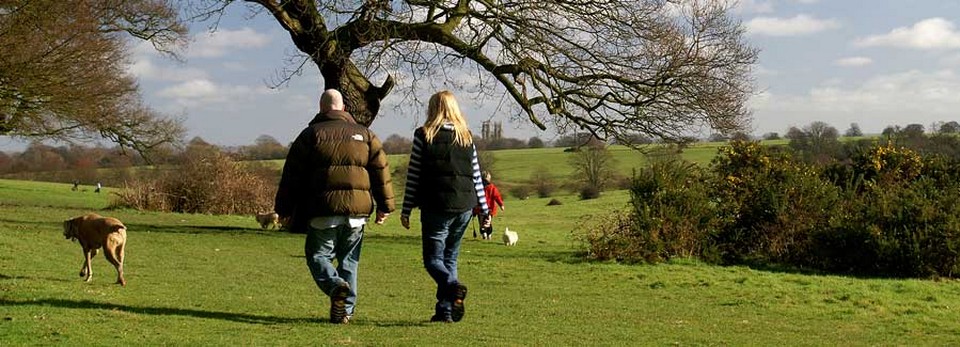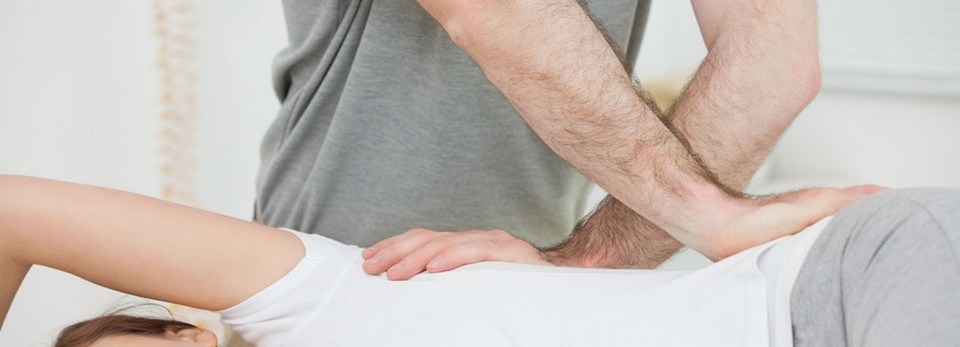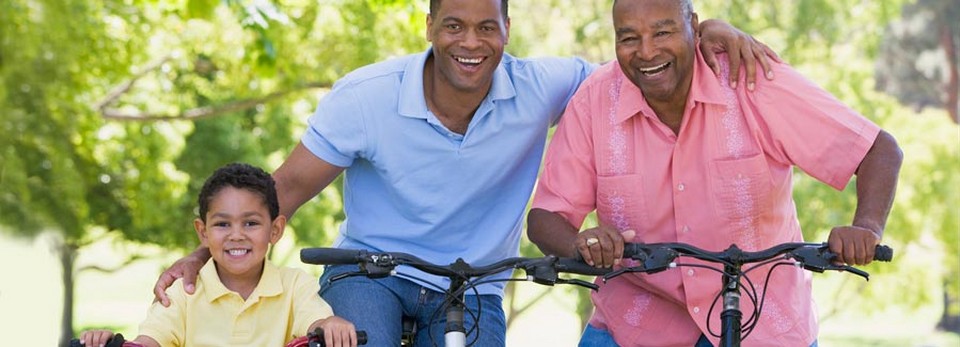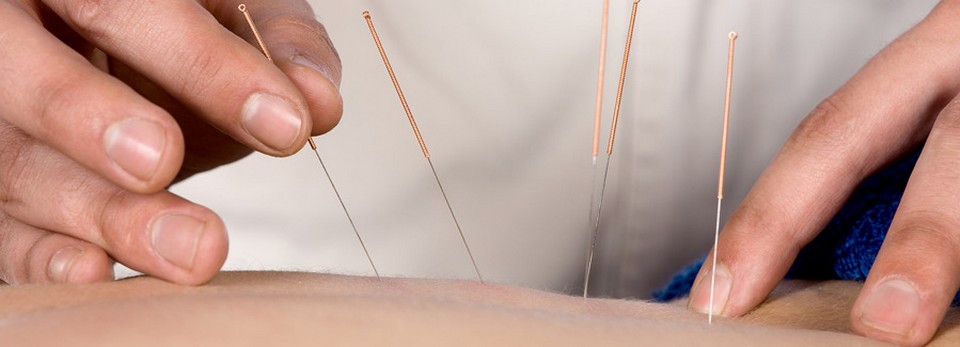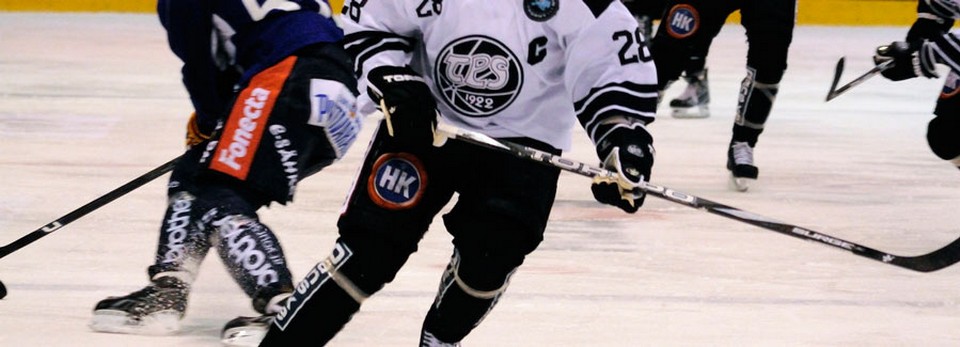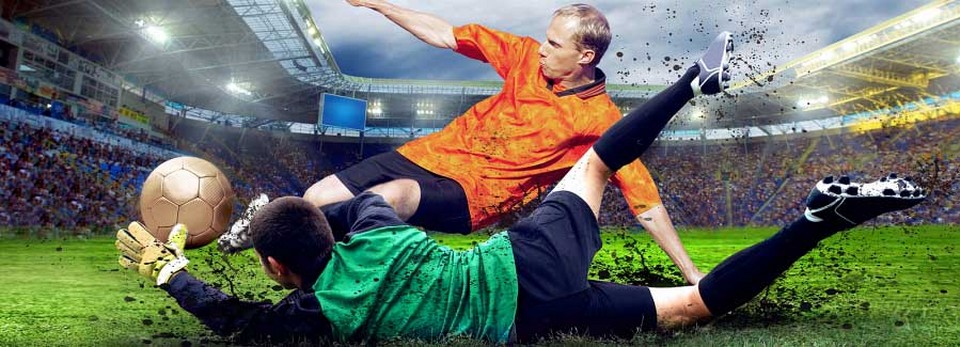Physiotherapy in Lower Sackville for Pediatric
Q: I've been restricted from playing baseball (or any other sport) for the next six weeks (up to six months) because I have something called OCD. I'm not allowed to throw a ball, do any weight lifting, or even carry a heavy backpack in that hand. What are my chances that this will work? And what if it doesn't?
A: Young gymnasts and overhand athletes, particularly baseball pitchers and racket-sport players, are prone to a condition called osteochondritis dissecans (OCD). Although the exact cause remains unknown, it is suspected that the forceful and repeated actions of these sports can strain the immature surface of the outer part of the elbow joint. The bone under the joint surface weakens and becomes injured, which damages the blood vessels going to the bone. Without blood flow, the small section of bone dies. The injured bone cracks. It may actually break off.
In the past, this condition was called Little Leaguer's elbow. It got its name because it was so common in baseball pitchers between the ages of 12 and 20. Now it is known that other sports, primarily gymnastics and racket sports, put similar forces on the elbow. These sports can also lead to elbow OCD in adolescent athletes.
The first-line of treatment is just as you describe. Athletes are advised to stop their usual sport activities. This gives the elbow a rest so that healing can begin. The doctor may prescribe anti-inflammatory medicine to help reduce pain and swelling. Patients are shown how to apply ice to the area. When sport activities are resumed, ice treatments should be used after activity. Ice treatments are simple to do. Place a wet towel on the elbow. Then lay an ice pack or bag of ice over the elbow for 10 to 15 minutes.
The doctor may also suggest working with a physiotherapist. Physiotherapists might use ice, heat, or ultrasound to control inflammation and pain. As symptoms ease, the physiotherapist works on flexibility, strength, and muscle balance in the elbow. Therapists also work with athletes to help them improve their form in ways that reduce strain on the elbow during sports. Pitchers and racket-sport players might benefit from keeping the elbow aligned correctly, instead of angled outward, during the acceleration phase of the pitch or swing.
Most of the time, this approach works well. There's no way to predict who will get better or how quickly. Patience is the key to a successful outcome. If the condition doesn't improve, athletes may need to make changes that require less overhand activity. For example, pitchers could shift to playing first base. Gymnasts focus on maneuvers that don't stress the sore elbow. However, if the piece of bone is loose but still attached, all sports activities must be stopped.
Sports can begin again when the patient has no pain and shows full elbow movement. You don't want to jump right back in full speed ahead.
As symptoms ease and elbow movement improves, a guided program of strengthening and sport training is advised. Your doctor and therapist will keep you on track for as quick a recovery as possible but with care to avoid further damage to the joint.
Reference: Norimasa Iwasaki, MD, PhD, et al. Autologous Osteochondral Mosaicplasty for Osteochondritis Dissecans of the Elbow in Teenage Athletes. In The Journal of Bone and Joint Surgery. October 2009. Vol. 91-A. No. 10. Pp. 2359-2366.


